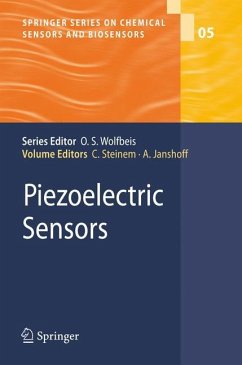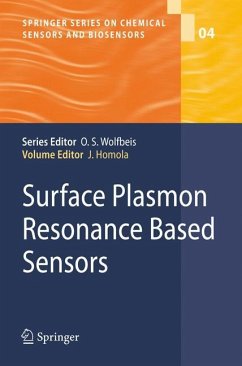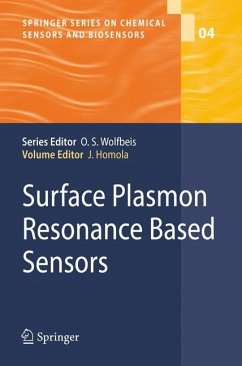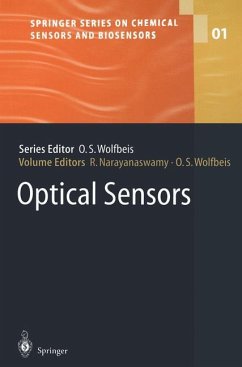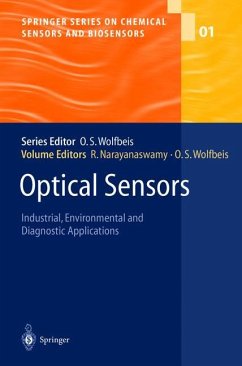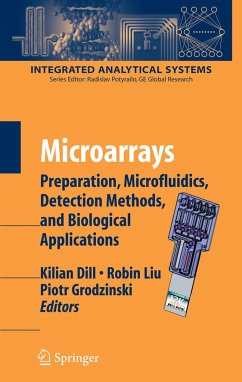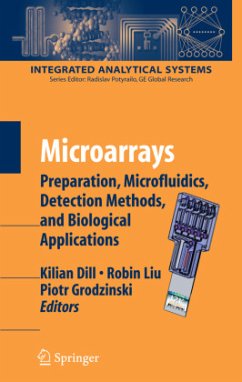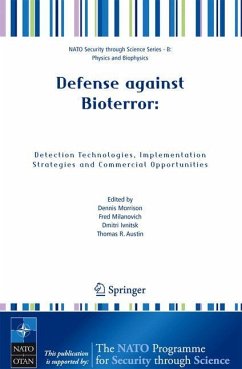
Ultrathin Electrochemical Chemo- and Biosensors
Technology and Performance
Herausgegeben: Mirsky, Vladimir M.
Versandkostenfrei!
Versandfertig in 6-10 Tagen
113,99 €
inkl. MwSt.

PAYBACK Punkte
57 °P sammeln!
Traditional biological sensors, based on enzymatic receptors and potentiometric or amperometric transducers are well reviewed and are nowadays even included extensively in many textbooks. The editors of this volume, the 2nd in the new Springer Series on Chemical and Biosensors, have focussed exclusively on alternative types of chemical and biological sensors or sensor-like structures. Special attention is given to sensor principles based on the use of linear or non-linear impedance spectroscopy.After self-assembled monolayers have become a viable technology for the immobilization of organic mo...
Traditional biological sensors, based on enzymatic receptors and potentiometric or amperometric transducers are well reviewed and are nowadays even included extensively in many textbooks. The editors of this volume, the 2nd in the new Springer Series on Chemical and Biosensors, have focussed exclusively on alternative types of chemical and biological sensors or sensor-like structures. Special attention is given to sensor principles based on the use of linear or non-linear impedance spectroscopy.After self-assembled monolayers have become a viable technology for the immobilization of organic molecules on electrodes and for the formation of covalently stabilized receptor layers and even more sophisticated organic nano- and microstructures, this has led to the development of numerous analytical applications of impedometric sensor methods. These new and very promising types of sensors, their technology and performance in real world applications form the main topic of this book written by leading experts from around the world.





